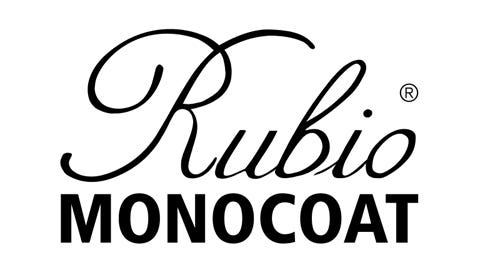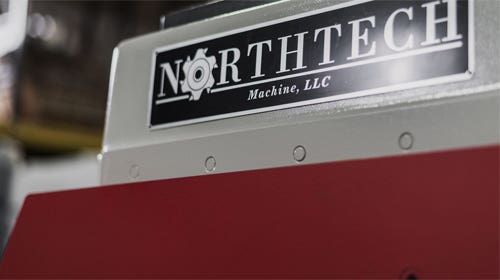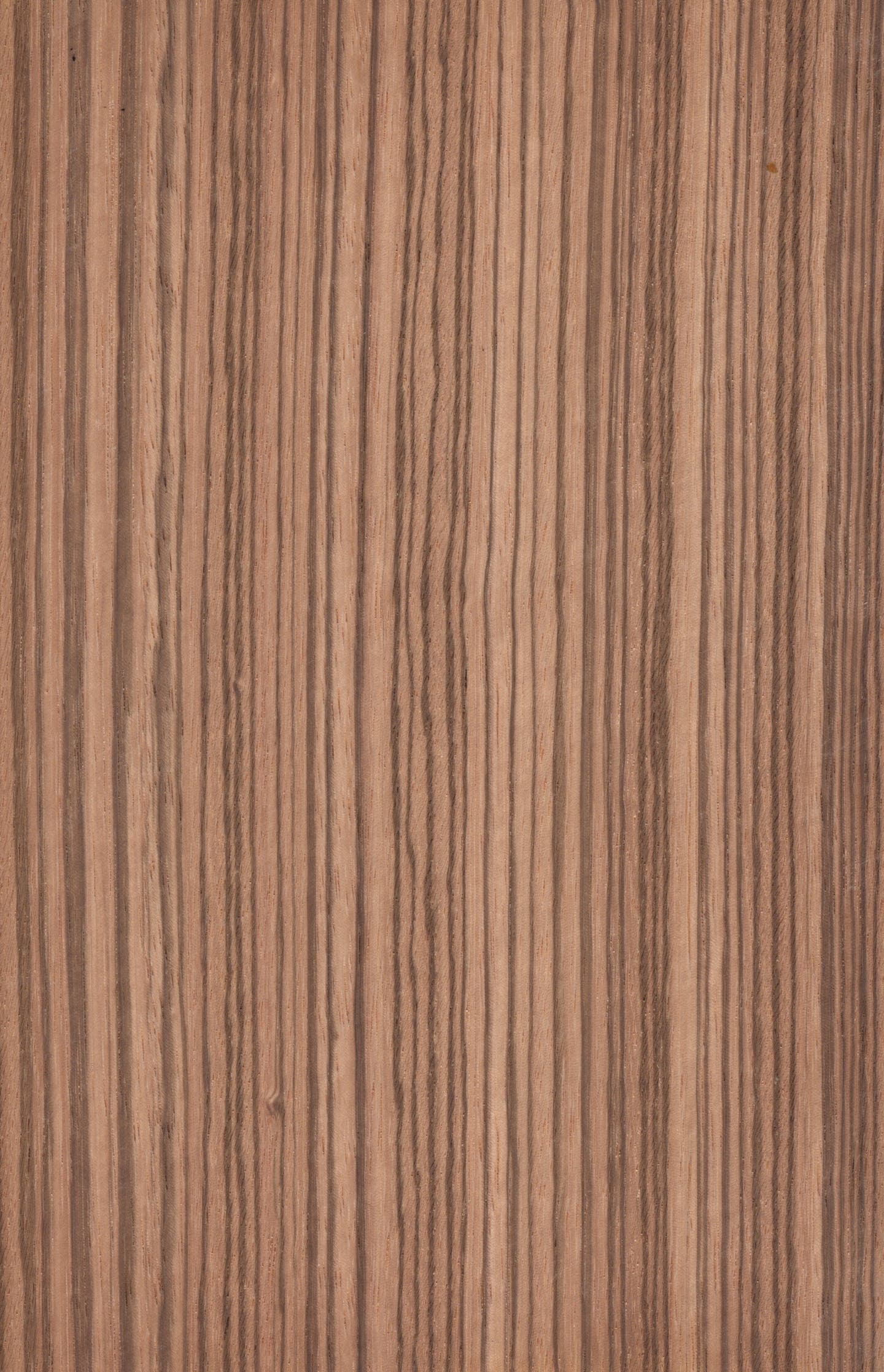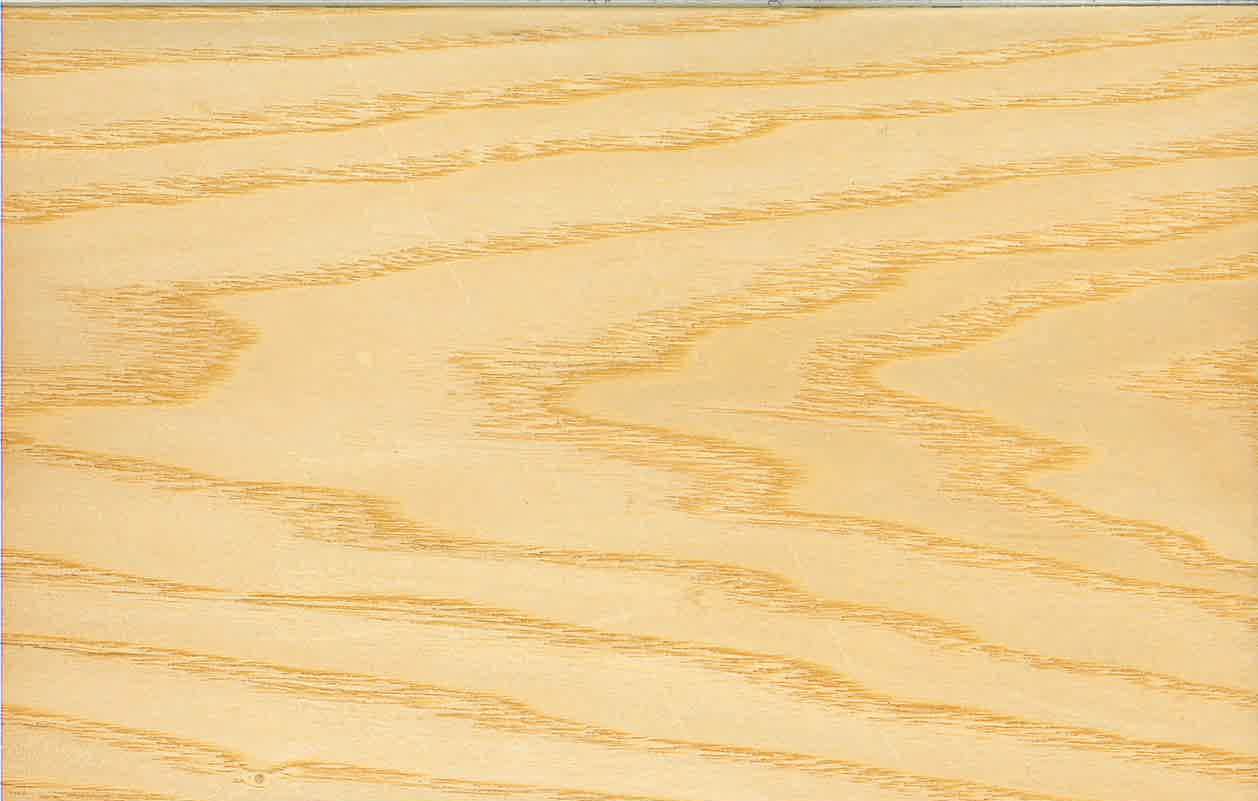Cherry sales still steady in down market
Cherry has remained at the top of the domestic wood markets for several years now, both in demand and in price. And although domestic wood markets are about as depressed…
Cherry has remained at the top of the domestic wood markets for several years now, both in demand and in price. And although domestic wood markets are about as depressed as the economy, cherry continues to be the wood of choice for many cabinetmakers and custom furniture makers. Dealers contacted by Woodshop News note that some mills are sorting cherry by color much more than they used to, and in some areas of the country, demand has decreased.
“Sales are off, pricing is soft,” says Rocky Mehta, owner of West Penn Hardwoods, in Olean, N.Y. “A lot of the companies in the Pennsylvania, New York area, where the best cherry grows, they are separating it for color now. They’re calling it red on one face, in 4/4, and selling it cheaper to move their product. They have categorized the next best as 90/50, which means 90 percent red on one face, 50 percent or more red face on the second face. Then the top rate is 90/80, which means one face is a minimum of 90 percent red and the other face is a minimum of 80 percent red. That’s for people who are showing both sides of the boards.”
“We talk about finding better cherry suppliers all the time,” says John Greeley of Northwest Lumber, primarily a retail supplier in Indianapolis. “The mill that furnishes all my other lumber, he can’t furnish me cherry because I don’t like the way he sorts it. They come up with some of these grades with cherry, 80 percent, 80/20, 40/60, so I found a mill here in the state of Indiana and they only cut 4/4 and they don’t sort for color and we get great color from this guy. These other mills will take a big log and they’ll cut 4/4, 5/4, 8/4. They cut for the best; they don’t like to cut 4/4 because they don’t get as much money for it. But this mill that I got, that’s all they cut.”
Black cherry (Prunus serotina) is also known as wild cherry, wild black cherry, choke cherry, cabinet cherry and rum cherry, and grows from Canada south to central Florida and portions of Mexico and Guatemala. Its highest concentration is in Pennsylvania, which supplies about 70 percent of the country’s cherry although it only represents 3 to 4 percent of the Appalachian Forest. Black cherry trees reach heights between 80' and 100' with diameters of 2'-3'. The sapwood is narrow and is a white-to-reddish-brown color. The heartwood is pinkish-brown to reddish-brown with a distinctive golden luster.
“Cherry is a good seller, it’s still moving good for us and our prices have remained pretty steady,” Greeley says. “I haven’t seen any drop-off in cherry. We sell a lot of cherry lumber and a lot of cherry plywood to cabinetmakers, custom furniture makers, and homeowners who are doing little projects in their house.”
Black cherry is used extensively for fine furniture, cabinetry, architectural millwork and, to a lesser degree, musical instruments, professional and scientific instruments, novelty items, toys and veneer. Burls and crotches usually go directly to the veneer market.
Besides the economic climate hurting lumber sales, Mehta says the export market has dried up.
“Because of the overseas market, we have too much of a supply and everybody is willing to wheel and deal and give you a better deal,” he says. “The export markets are almost zero. But cherry isn’t off as much as oak is. Two years ago cherry was high, hard maple was high, and now both are down. The only domestic species that still continues to be hot is walnut.”
Cherry is sensitive to ultraviolet light and changes to a reddish-brown, mahogany color upon exposure. It works well with hand and power tools, polishes to an excellent finish, and is dimensionally stable. The wood is straight-grained and is easily machined. It saws cleanly, turns well and planes excellently. Cherry holds screws and nails well, and glues well.
“I find in this economy that a lot of people, instead of getting in their car and spending $5 on gasoline, they’re staying home,” Greeley observes. “And then when they stay home, they’re fixing it up. So far, so good. I hope I can say that six months from now.”
Retail prices for 100 bf of kiln-dried, 4/4 FAS black cherry, surfaced on two sides, ranged from $5.80 to $6.10/bf in the Northeast; $5.95 to $6.25/bf in the Southeast; $5.50 to $6.20/bf in the Midwest; and $6.50 to $7.10/bf in the West.
Wholesale prices for 1,000 bf of kiln-dried 4/4 FAS black cherry ranged from $5,500 to $5,750/mbf in the Northeast; $5,500 to $5,900/mbf in the Southeast; $5,200 to $5,450/mbf in the Midwest; and $6,200 to $6,450/mbf in the West.
Prices were substantially higher in the West because of fuel and transportation costs.
This article originally appeared in the December 2008 issue.







